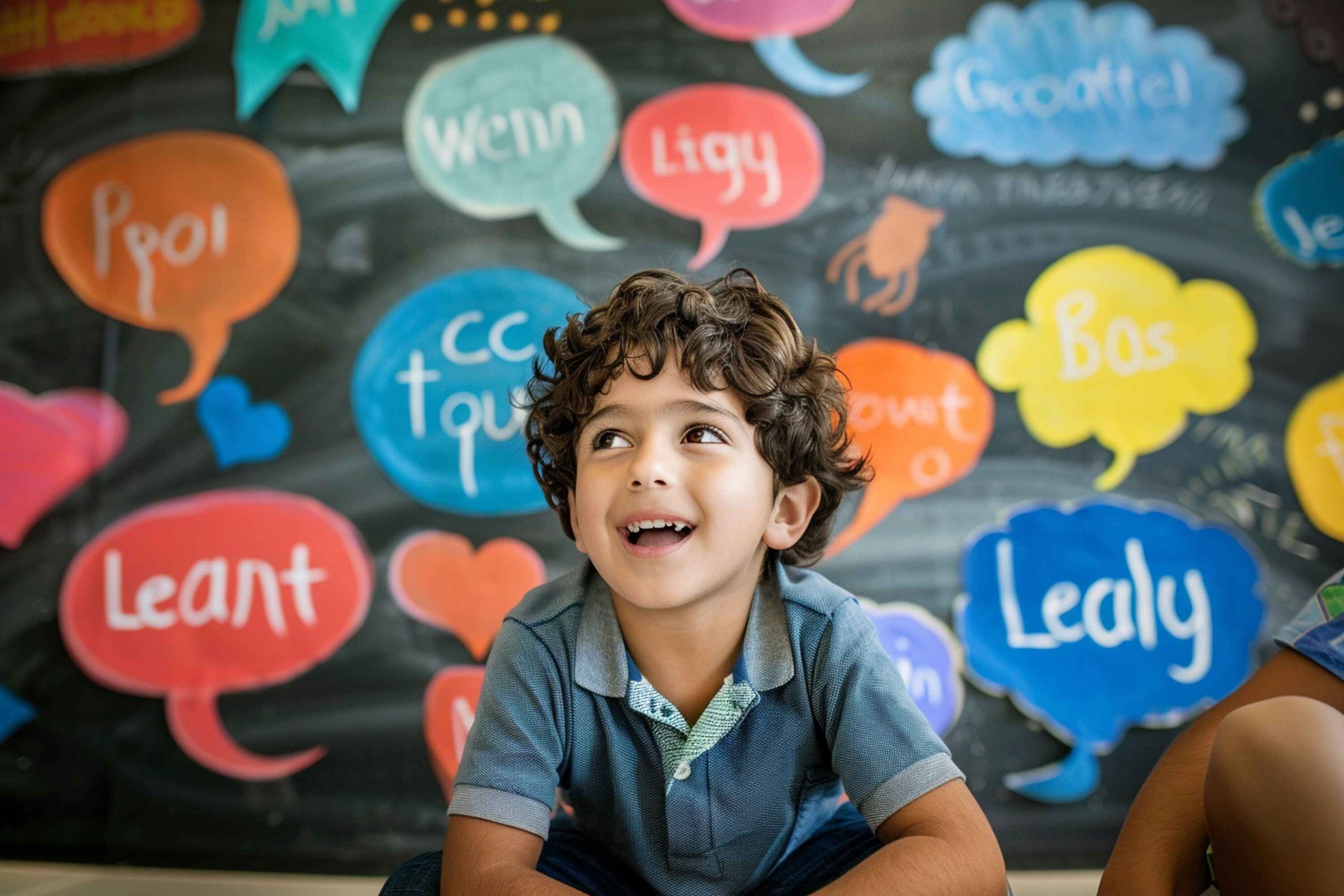Why a Growth Mindset Matters in the Early Years
“My child said, ‘I can’t do this!’ and gave up.”
Sound familiar? As parents, we’ve all seen moments when our children feel defeated by challenges. But how they respond can define their future—and that’s where the growth mindset plays a crucial role.
A growth mindset in children means believing that intelligence and abilities can be developed with effort and persistence, unlike a fixed mindset which says “I’m just not good at this.” This core idea, championed by psychologist Carol Dweck, is now transforming how we raise and teach children.
From personal development to better problem-solving and resilience, a growth mindset helps children succeed not only in academics but in life. At CMR Gandhi Public School, we believe this mindset must start early—with active involvement from parents and educators.
Growth Mindset: Explained Simply for Parents
Let’s break it down:
- Growth mindset = “I can improve with effort”
- Fixed mindset = “I’m just not good at this”
Children with a growth mindset embrace challenges, learn from mistakes, and stay motivated. This thinking starts early—especially in families that support independence, curiosity, and self-confidence.
From a neuroscience perspective, the brain is like a muscle. The more we use it to tackle tough tasks, the stronger it becomes. Encouraging your child to “keep trying” actually strengthens neural pathways in the brain and builds emotional resilience.
At several play schools in Sarjapur Road, this brain-as-a-muscle approach is introduced in early learning, ensuring children grow with belief in their potential.
Signs Your Child Has a Fixed Mindset
It’s not always easy to tell, but here are common signs that may indicate your child needs mindset support:
- Gets easily frustrated or gives up quickly
- Avoids challenges or new activities
- Needs constant praise to feel good
- Says things like “I’m not smart enough” or “I’ll never get this right”
By noticing these patterns early, parents can intervene with the right guidance.
The Parent’s Role: Why Mindset Starts at Home
As a parent, you’re your child’s first mindset coach. Children pick up on how we talk about effort, success, and failure.
For example, if you often say “I’m terrible at maths” or “I can’t cook,” your child learns that failure is final. But if you model persistence by saying “I haven’t learned that yet,” they’ll understand growth is always possible.
Even subtle actions—how you react to report cards, tantrums, or forgotten homework—leave lasting impressions. Encouraging self-confidence in children without pressure to be perfect leads to positive personal development.
Unfortunately, children who don’t receive emotional reinforcement often grow up with insecurities that affect their behavior and relationships. This is why nurturing a positive mindset early is so important.
7 Proven Strategies to Build a Growth Mindset in Young Learners
Here are 7 simple strategies you can use at home:
- Praise the Process, Not the Person
Say: “You worked hard on that” instead of “You’re so smart”
→ Builds resilience and self-confidence
- Use the Power of “Yet”
Teach your child to say: “I can’t do this yet”
→ Encourages perseverance
- Normalize Mistakes
Say: “Mistakes help us grow”
→ Reduces fear of failure and encourages learning
- Share Growth Stories
Talk about real-life examples—athletes, inventors, or even your own challenges
→ Models persistence and real-world problem-solving
- Celebrate Curiosity Over Perfection
Ask: “What did you learn?” instead of “Did you get it right?”
→ Enhances critical thinking and creativity
- Let Them Struggle Safely
Don’t jump in to fix everything
→ Builds independence and problem-solving skills
- Use Visual Tools
Post sticky notes with affirmations, create printable mindset charts
→ Reinforces a positive mindset daily
Fun Activities to Reinforce Growth Mindset at Home
- Growth Mindset Journaling
Let your child write “1 Win, 1 Mistake, 1 Goal” every day.
- Brain-Building Games
Try puzzles, STEM kits, or games like chess to improve problem-solving skills.
- Challenge of the Week
Assign a fun weekly task that requires effort and experimentation.
These activities make developing a growth mindset in kids both fun and impactful.
Growth Mindset in Schools: What to Look For
A growth-oriented school environment reinforces everything you do at home. Look for schools that:
- Focus on progress, not perfection
- Offer project-based learning and real-world problem solving
- Encourage feedback that builds self-reflection
At CMR Gandhi Public School, we’ve embedded mindset-building practices into daily learning. From failure-friendly classrooms to value-based assessments, we help students not just excel in exams—but grow into lifelong learners.
Among Montessori schools in Marathahalli, our approach stands out for empowering early learners to embrace effort, creativity, and resilience from the start.
Conclusion: Empower Your Child’s Future—Start Today
A child with a growth mindset doesn’t fear failure—they see it as a stepping stone to success. With encouragement from both home and school, they become confident, empathetic, and adaptive individuals.
Located near major tech corridors, CMR Gandhi Public School is one of the top choices for parents seeking Montessori schools in Marathahalli or play schools in Sarjapur Road that foster values, curiosity, and academic excellence together.
Want expert guidance on developing a growth mindset in your child?
Discover how CMR Gandhi Public School partners with parents to raise resilient, confident, and future-ready learners.










